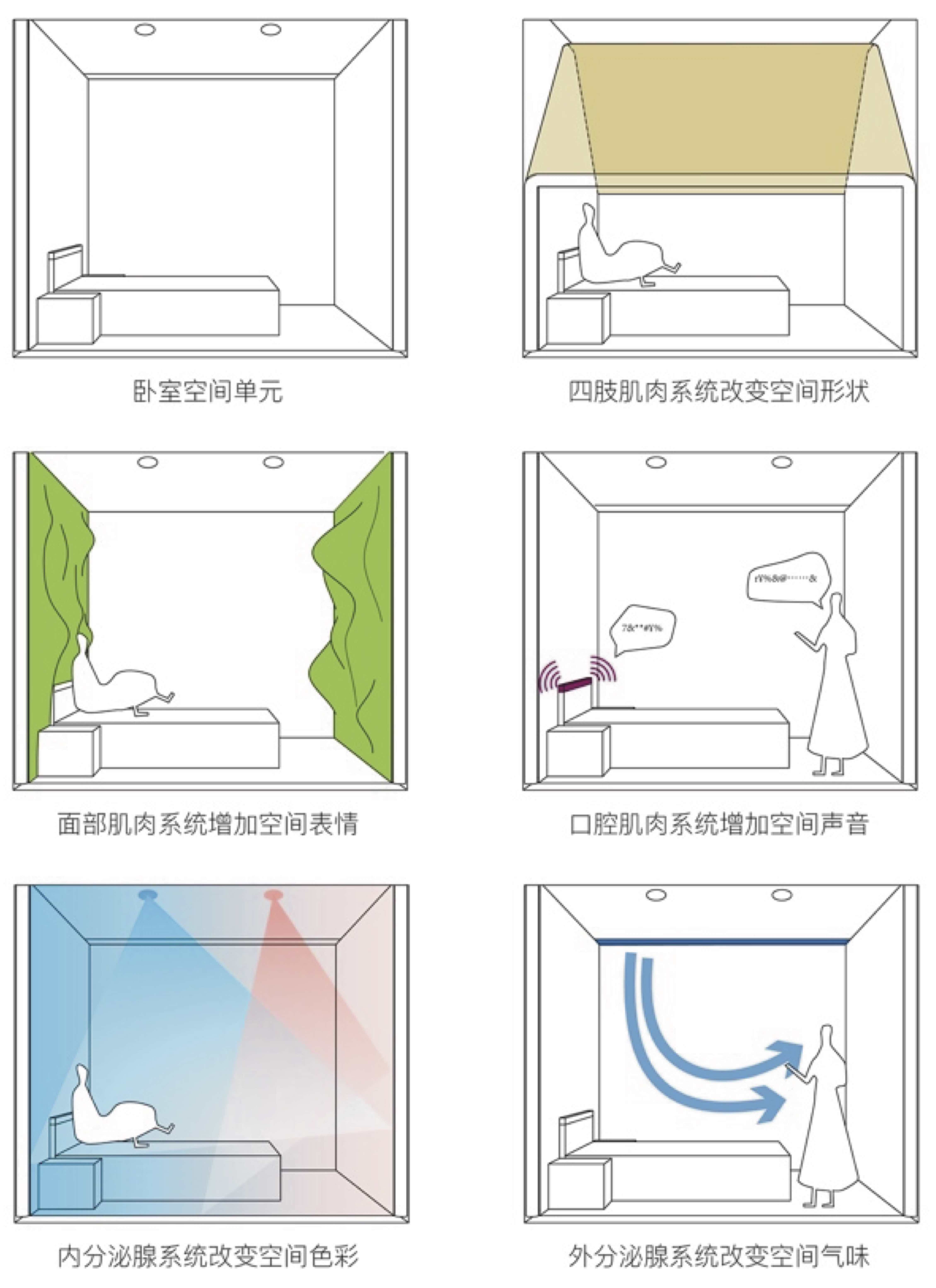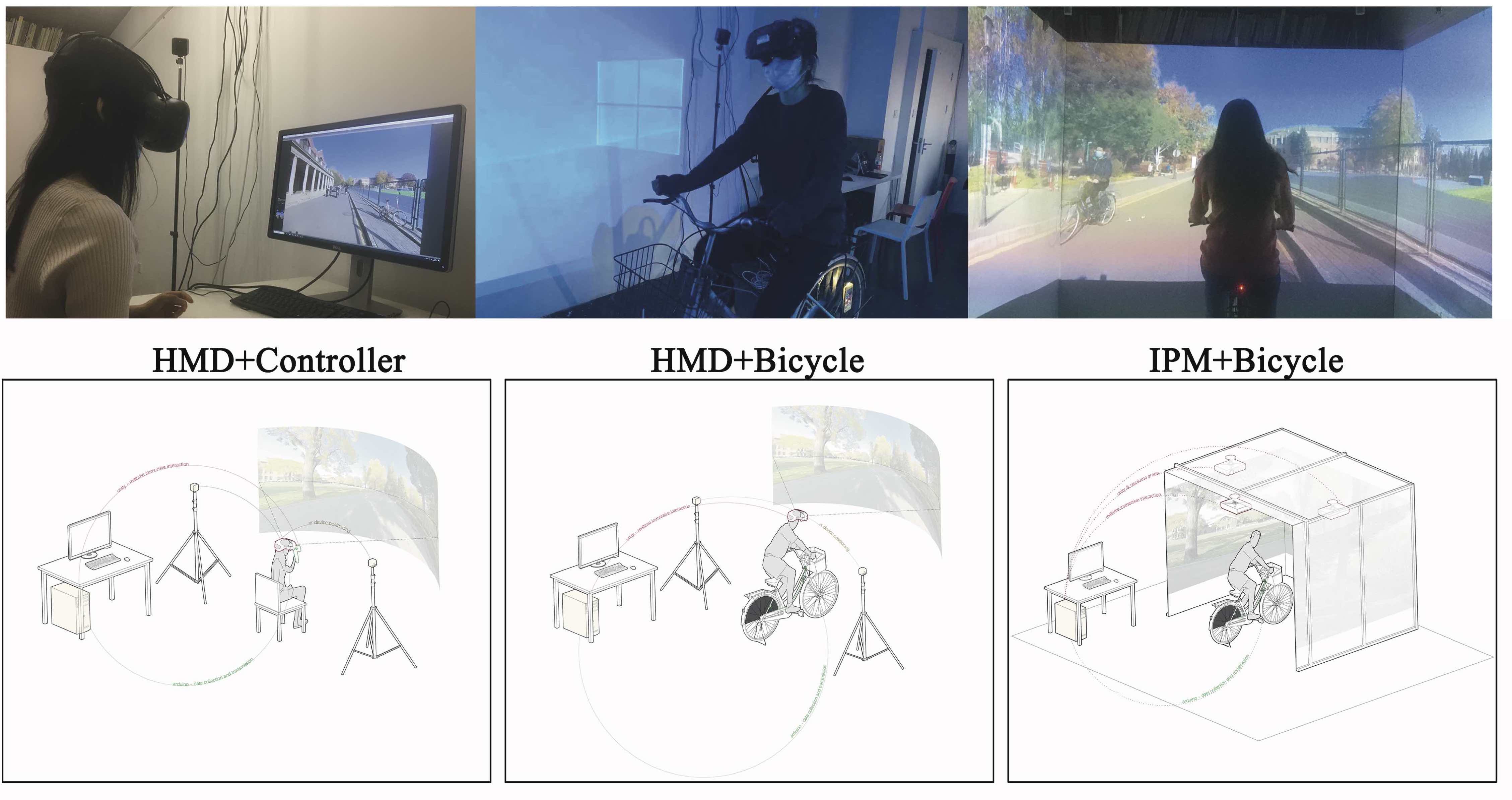Deleuze's philosophical theory on nomadic space proposes that "nomadism implies a state of uncoordinated free assembly consisting of differential and repetitive movements". This suggests that architecture is a point-in-time state of assembling and disassembling numerous free-moving units. Nowadays, with the widespread application of information technology, the architectural space of the future itself exists between virtual and physical state. The nomadic nature of architecture refers to the extension and movement of architectural space, which can be both the movement of subjective space based on digital media or physical space based on mechanical movement. Thus, human-house interaction also share the dual attributes of being in a virtual and physical state. The future of architectural space design will consist of a movable unit that can change its physical form and use virtual space to extend and expand the space inside the architecture, forming a multi-dimensional nomadic state.
Mobile building interaction unit
This research explores the design of a movable interactive building unit. This includes the assembly of future buildings, movement of the units, and change of architectual space. First, the building unit should be able to analyze and learn the personal behavior of the users with the help of multimodal sensing devices and wearable devices, so as to understand the needs and habits of the users comprehensively. Second, the building space should be able to transform physically and adjust to the environment to meet the individual needs of the user. Third, the building space unit should be able tomove freely so it can be removed and reorganized from the original space unit. This new formof building space is characterized with diversity, personality and flexibility.

Immersive Virtual Spatial Interaction
In previous studies, people are mostly talking about virtual spaces with the help of VR glasses. Virtual space is characterized by a digital model or a presentation of visual images. It is completely isolated from the physical space, which leads to a lack of bodily involvement in the process of experiencing space. However, human cognition, especially the cognition of spatial scale and spatial properties, uses the body as a metric to make judgments. Therefore, our research is carried out under this context to 1) explore the theories and methods of spatial design for the fusion of reality and virtual under the naked-eye environment, and 2) learn more about the differences between spatial interaction with physical participation and the traditional spatial experience with VR glasses. We also hope toexplore the characteristics of nomadic space in the future.
